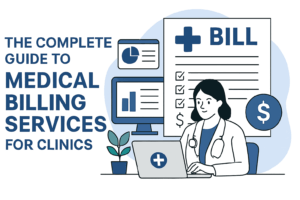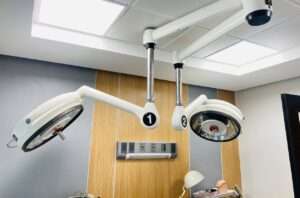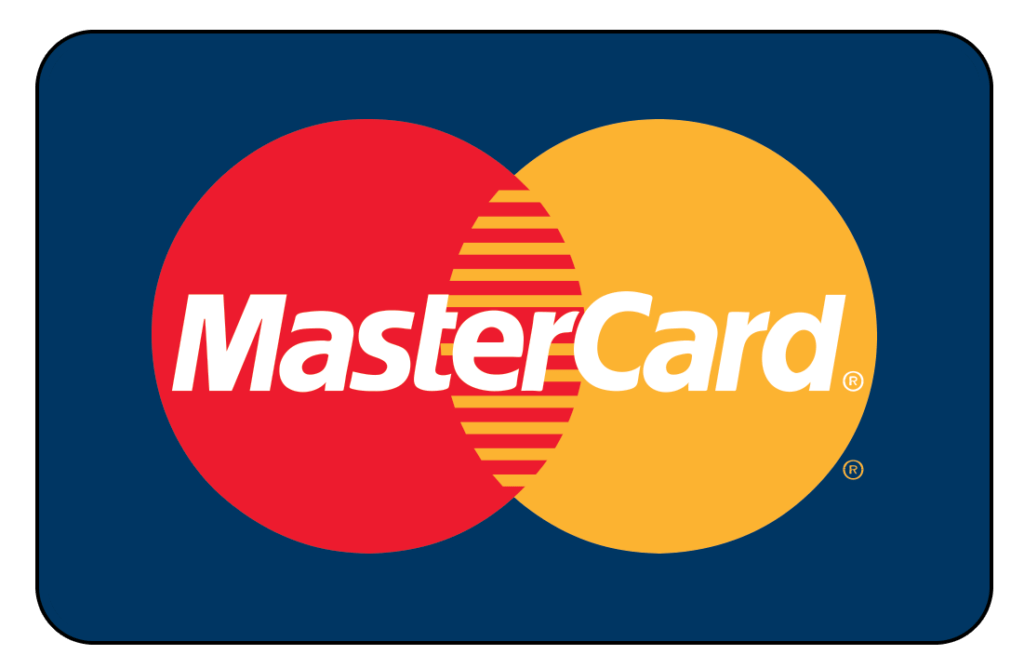Patient management at Digital Med Billing Solutions (DMBS) is a complete procedure that ensures the proper processing of patient data, billing, and overall care coordination. This method brings together several aspects of healthcare administration, utilizing technology to increase accuracy, expedite operations, and improve patient outcomes.
1. Patient Registration and Onboarding
The patient management process starts with patient registration and onboarding. This includes gathering important patient data such as personal details, medical history, insurance information, and consent papers. DMBS collects this data via secure, digital forms, which are then incorporated into the Electronic Health Record (EHR) system. The onboarding process is intended to be easy, easing the strain on patients and healthcare providers by decreasing paperwork and ensuring that all relevant information is recorded from the start.
2. Scheduling and Appointment Management
Once patients are registered, DMBS is in charge of scheduling and coordinating appointments. The system enables convenient scheduling of patient visits, such as regular check-ups, follow-up appointments, and specialist consultations. Patients receive automated reminders via SMS or email, which lowers no-show rates and improves healthcare delivery efficiency. The scheduling system is also linked to the billing process, ensuring that appointments are correctly billed and that any required pre-authorizations are received.
3. EHR Management and Patient Data Handling
Patient data management is a critical component of the DMBS system. All patient records are stored in a secure, cloud-based EHR system that allows healthcare providers to access up-to-date patient information from any location. The EHR system is designed to be user-friendly, enabling easy data entry and retrieval while maintaining compliance with HIPAA regulations. This system ensures that patient data is accurate, up-to-date, and readily available for healthcare providers, facilitating better decision-making and care coordination.
4. Billing and Claims Management
DMBS specializes in medical billing and claims management, ensuring that healthcare providers are reimbursed accurately and promptly. The billing process is fully integrated with the EHR system, allowing for the automatic generation of claims based on the services provided. The system checks for coding accuracy and compliance with insurance requirements before submitting claims electronically. In cases where claims are denied or require further documentation, the DMBS team works to resolve issues quickly, minimizing disruptions in revenue flow.
5. Patient Communication and Engagement
Effective patient communication is critical to successful management of patients. DMBS uses a variety of methods to improve patient involvement, including patient portals, which allow individuals to access their medical data, examine test results, and contact with their healthcare professionals. DMBS also uses automated messaging systems to keep patients updated about their visits, billing status, and any other vital information. This ongoing communication promotes trust and ensures that patients are actively engaged in their care.
6. Reporting and Analytics
DMBS offers powerful reporting and analytics capabilities to enable healthcare professionals measure key performance indicators (KPIs), monitor patient outcomes, and identify areas for improvement. These technologies provide information on patient demographics, billing trends, and the general efficiency of the patient management process. Analyzing this data allows healthcare practitioners to make more educated judgments about resource allocation, patient care initiatives, and operational improvements.
Conclusion
Patient management at DMBS is a well-organized procedure that combines patient care and administrative efficiency. By leveraging technology and streamlining operations, DMBS guarantees that patient data is securely kept, billing is handled correctly, and patient involvement is addressed. This comprehensive strategy not only improves the patient experience, but also increases healthcare providers’ operational efficiency, resulting in better patient outcomes and a more sustainable healthcare system.










